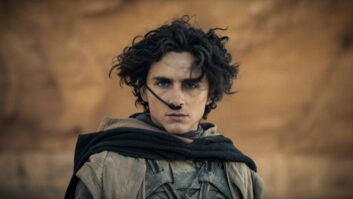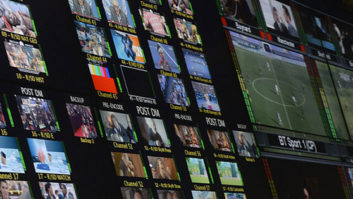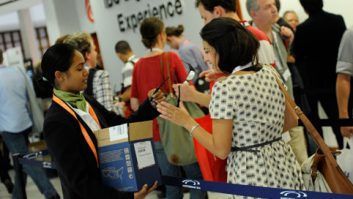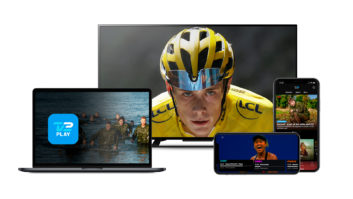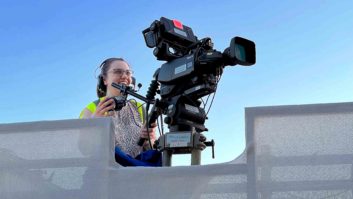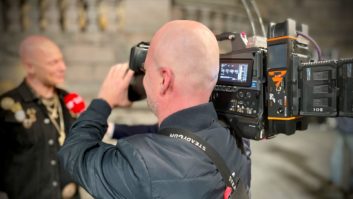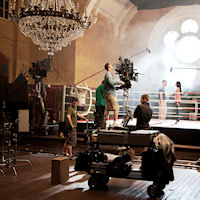
Sam McCurdy, the cinematographer on Vertigo Films’ StreetDance 2 (3D), talks about his approach to shooting the film and how filmmakers should not get distracted by the greater technical details that many seem to think good 3D requires. “A movie is not about one individual shot but about how you tell the story from the first to last shot,” says McCurdy. “There could be rubbish in between but each individual shot is not as important as the whole piece. That’s what we need to remember to prevent us getting too hung up on technology in this more engineered world of 3D.” When the original film’s stereographer Max Penner was unavailable for the sequel, McCurdy and directors Max Giwa and Dania Pasquini sought out Peter Berglund. “We knew we wanted a feel – rather than a technical A-Z, we wanted to be stereo,” says McCurdy. “The point about Max and Peter is that they come from the camera department and bring a different feel to stereography. “Our approach is that it’s a dance movie first and a kids movie second, although this one is slightly more grown up than the first StreetDance and features salsa and hip hop dance styles. The 3D is designed to fit the story rather than the story made to fit the 3D. “For me the stereo has to be right for the script and story,” says McCurdy who also lenses StreetDance 3D and Horrid Henry (3D). “That said, the beauty is that dance is a 3D medium and you get to see around objects and understand how the dancer are performing. It’s something you normally see on a stage and theatre but the idea of being able to hold dancer’s in poses, to see how a body moves in space, to edit a little slower, makes a big difference from how audiences experience the same dance sequence in 2D.” In previs and storyboarding the production decided to make a much stronger ‘design’ in the stereography for each of the characters than in the first film. “There’s a definite hip hop feel to how we introduce certain characters and a softer, sexier feel for the salsa team characters,” he says. “We achieved this by using one lens longer than normal for the opening salsa sequences and a lens size wider than normal for the hip hop sequences to make a similar but opposite statement for the first few scenes. “What is most important is that we are telling a story and guiding the audience through our movie and the stereo should be submissive to that. That’s why the principals of filmmaking that we have learnt in 2D are so important. Just because there are arguments that, say, depth of field should not be used to focus the audience’s attention in 3D because that is what convergence is for – to me doesn’t mean we should not use depth of field. “If the story demands we use a longer lens, 80-100mm lenses then I want to do that and I want to work with people who can accommodate that and think along the same lines. “There are stereographers who can’t get to grips with the idea of working in longer lenses for 3D. But it does work depending on how you light a scene and the background you use. “I love working in 3D, I think it’s great. I’m sure there are plenty of things I have done wrong with 3D but I want to discover that myself rather than have someone tell me what is good and what is bad, what does and doesn’t work.”
www.paradisefx.com
www.vertigofilms.com
